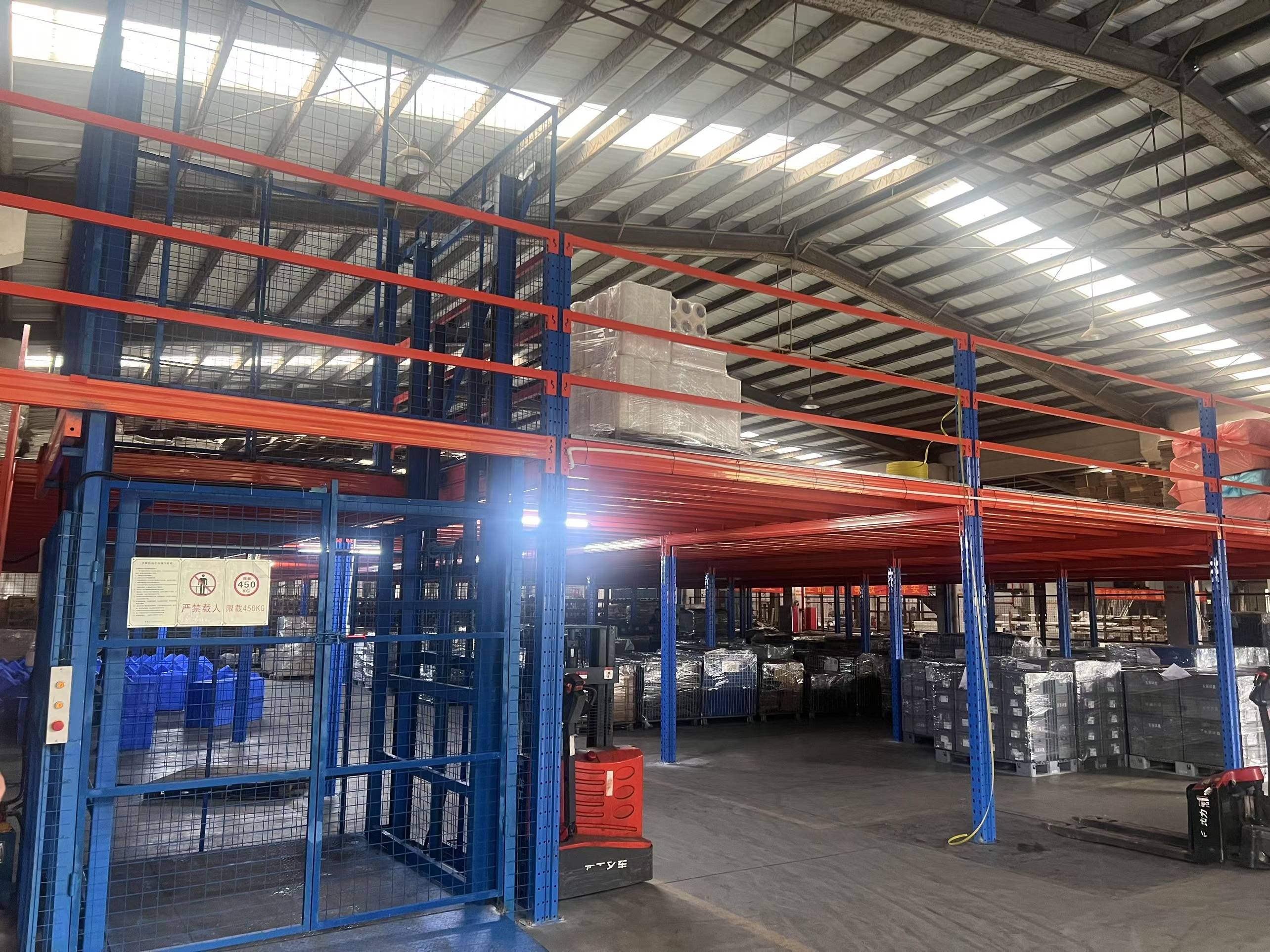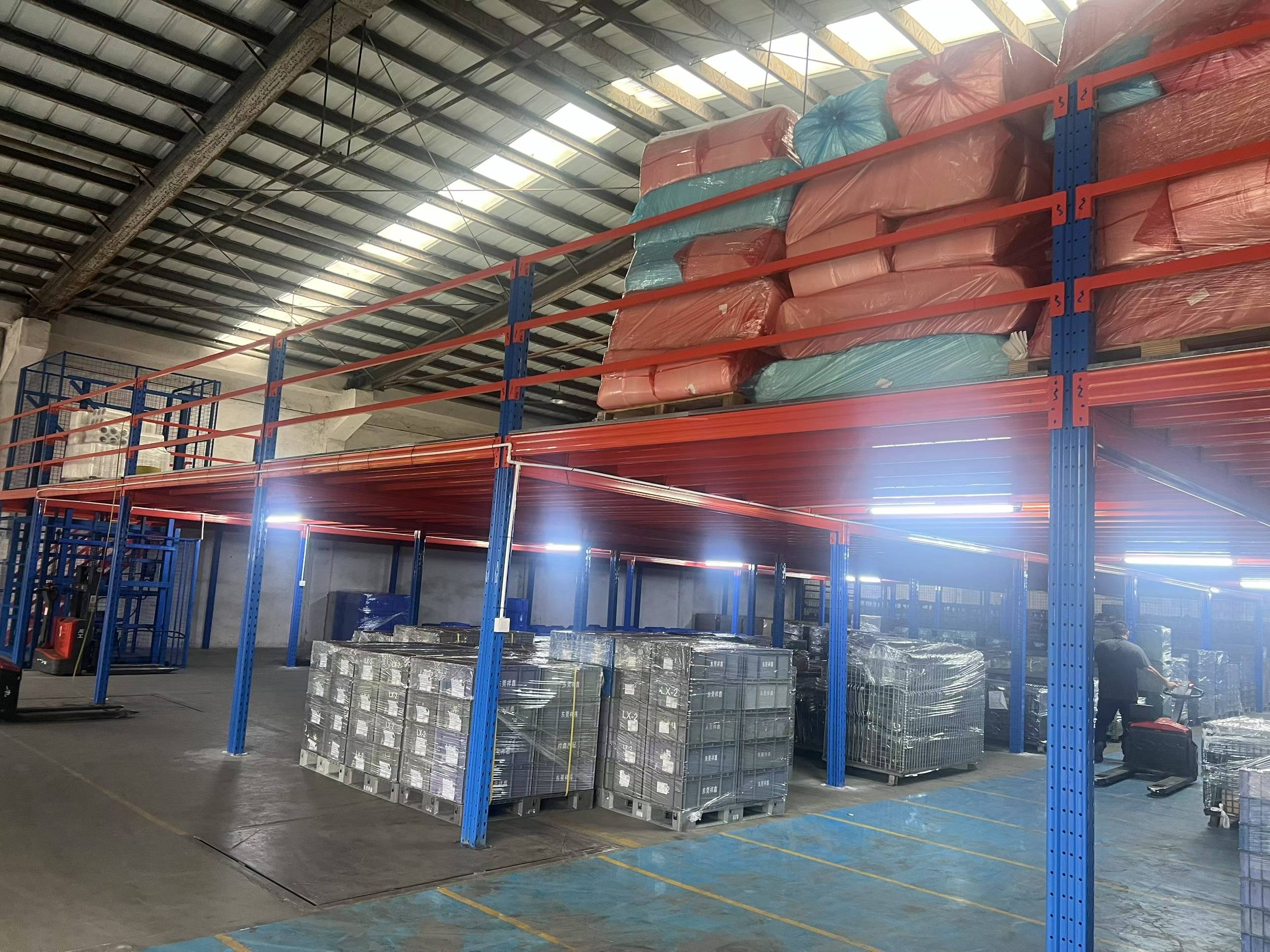In the fast-paced world of logistics and supply chain management, efficient storage solutions are the backbone of any successful operation. Warehouse inventory shelving plays a critical role in organizing products, maximizing space, and streamlining workflows. Whether you're managing a small storage facility or a large distribution center, understanding the nuances of warehouse inventory shelving can lead to significant improvements in productivity and cost savings. This article delves into key aspects of warehouse inventory shelving, offering practical insights to help you make informed decisions. From types and benefits to installation and maintenance, we cover everything you need to know to optimize your storage systems.

When it comes to warehouse inventory shelving, there isn't a one-size-fits-all solution. Different shelving types cater to various storage needs, weight capacities, and space constraints. Understanding the options available can help you select the most suitable system for your warehouse.
One common type is pallet racking, which is ideal for storing heavy items on pallets. This includes selective pallet racking, drive-in racking, and push-back racking, each offering unique advantages for high-density storage. For instance, selective pallet racking provides easy access to all items, making it perfect for warehouses with high turnover rates. On the other hand, cantilever shelving is designed for long, bulky items like pipes or lumber, featuring arms that extend from a central column without front obstructions.
Another popular option is boltless shelving, which is easy to assemble and adjust without tools, making it a flexible choice for dynamic inventory needs. Mezzanine shelving adds an extra level of storage by utilizing vertical space, effectively doubling your floor area without expanding the warehouse footprint. Lastly, mobile shelving systems on tracks can compress storage aisles, maximizing space efficiency in tight environments. By evaluating your inventory characteristics—such as size, weight, and accessibility requirements—you can choose the right warehouse inventory shelving to enhance operational flow.
Implementing a well-designed warehouse inventory shelving system brings numerous benefits that extend beyond mere organization. First and foremost, it improves inventory accuracy and reduces the risk of errors. With clearly labeled shelves and dedicated spaces for each product, employees can quickly locate items, minimizing picking and packing times. This leads to faster order fulfillment and higher customer satisfaction.
Additionally, proper warehouse inventory shelving enhances safety in the workplace. By securely storing heavy or hazardous materials, you reduce the likelihood of accidents, such as falls or collapses. Many shelving systems are engineered to meet safety standards, including load capacity ratings and seismic considerations, ensuring a secure environment for workers. Moreover, efficient use of space through vertical storage can lower real estate costs by allowing you to store more in the same area, which is especially valuable in urban settings where space is at a premium.
From a financial perspective, investing in quality warehouse inventory shelving can result in long-term cost savings. Durable materials and smart designs reduce the need for frequent replacements and repairs, while optimized layouts cut down on labor costs. For example, by reducing travel time within the warehouse, employees can accomplish more in less time, boosting overall productivity. In essence, a strategic approach to warehouse inventory shelving not only organizes your stock but also drives operational excellence.

Selecting the appropriate warehouse inventory shelving requires a thorough assessment of your specific requirements. Start by analyzing your inventory profile: consider the types of products you store, their dimensions, weight, and turnover rate. For instance, if you handle small, lightweight items, boltless shelving might suffice, whereas heavy industrial goods may demand robust pallet racking.
Next, evaluate your warehouse layout and available space. Measure ceiling heights, floor area, and aisle widths to determine the best shelving configuration. If vertical space is underutilized, mezzanine or high-rise shelving could be a game-changer. It's also crucial to factor in future growth; modular shelving systems that can be easily expanded or reconfigured offer scalability as your business evolves.
Budget considerations are equally important. While initial costs might be higher for premium materials like steel, they often pay off in durability and low maintenance. Compare different suppliers and read reviews to ensure you're getting a reliable product. Don't forget to consult with industry experts or use design software to simulate layouts before making a purchase. By taking a holistic view of your needs, you can invest in warehouse inventory shelving that aligns with your operational goals and budget constraints.
Proper installation is paramount to the performance and safety of your warehouse inventory shelving. Even the best shelving system can fail if not installed correctly, leading to potential hazards and inefficiencies. Begin by preparing the site: ensure the floor is level and capable of supporting the load. It's advisable to hire professional installers who are trained in assembling these structures, as they can address complexities like anchoring and bracing.
Safety should be a top priority throughout the installation process. Follow manufacturer guidelines and local regulations, such as OSHA standards in the U.S., which cover aspects like load distribution and aisle widths. For example, pallet racking should include safety pins and guards to prevent accidental dislodging. Regular inspections during and after installation can identify issues like misalignment or overloading before they become critical.
Once installed, implement safety protocols for daily operations. This includes training staff on proper loading techniques, such as placing heavier items on lower shelves and using equipment like forklifts safely. Clear signage and labeling can prevent overloading and ensure that weight limits are respected. By prioritizing installation and safety, you not only protect your workforce but also extend the lifespan of your warehouse inventory shelving, ensuring it remains a reliable asset for years to come.
To maximize the return on your investment, regular maintenance of warehouse inventory shelving is essential. Over time, wear and tear from daily use can compromise structural integrity, leading to reduced efficiency and safety risks. Establish a maintenance schedule that includes visual inspections for signs of damage, such as bent beams, loose bolts, or corrosion. For metal shelving, rust prevention measures like coatings or environmental controls can prolong its life.
Cleaning is another key aspect; dust and debris accumulation can affect stability and inventory quality. Use appropriate cleaning agents and tools to keep shelves tidy without causing damage. Additionally, monitor load conditions to avoid overloading, which is a common cause of shelving failure. If your inventory needs change, consider reconfiguring the shelving rather than forcing it beyond its capacity.
Longevity also depends on the quality of materials and initial design. Investing in high-grade steel or reinforced shelving can withstand harsh conditions and heavy use. Many manufacturers offer warranties and support services, so keep documentation handy for repairs or part replacements. By adopting a proactive maintenance approach, you can ensure that your warehouse inventory shelving continues to support efficient operations, adapt to evolving needs, and provide a solid foundation for your storage strategy.
Q1: What factors should I consider when selecting warehouse inventory shelving?
A1: When choosing warehouse inventory shelving, consider factors such as the type and weight of your inventory, available space, budget, and scalability. Assess load capacity, accessibility needs, and safety features to ensure the shelving meets your operational requirements.
Q2: How often should I inspect my warehouse inventory shelving?
A2: It's recommended to inspect warehouse inventory shelving at least quarterly, with more frequent checks in high-traffic areas. Look for damage, wear, or overloading, and address any issues promptly to maintain safety and efficiency.
Q3: Can warehouse inventory shelving be customized for unique storage needs?
A3: Yes, many suppliers offer customizable warehouse inventory shelving options. You can adjust shelf heights, widths, and configurations to fit specific products or space constraints, enhancing flexibility and optimization.
Q4: What are the common materials used in warehouse inventory shelving?
A4: Common materials for warehouse inventory shelving include steel, which is durable and ideal for heavy loads, and wire mesh or wood for lighter applications. The choice depends on factors like weight capacity, environment, and cost.
Q5: How does warehouse inventory shelving impact overall warehouse efficiency?
A5: Warehouse inventory shelving significantly impacts efficiency by improving organization, reducing retrieval times, and minimizing errors. A well-designed system can boost productivity, enhance safety, and lower operational costs through better space utilization.
By addressing these aspects, you can leverage warehouse inventory shelving to create a more effective and resilient storage environment. If you have further questions, consult with a storage solutions expert to tailor a system that fits your unique needs.
 Wechat
Wechat
 Whatsapp
Whatsapp